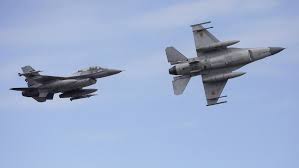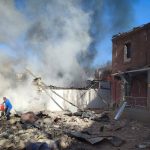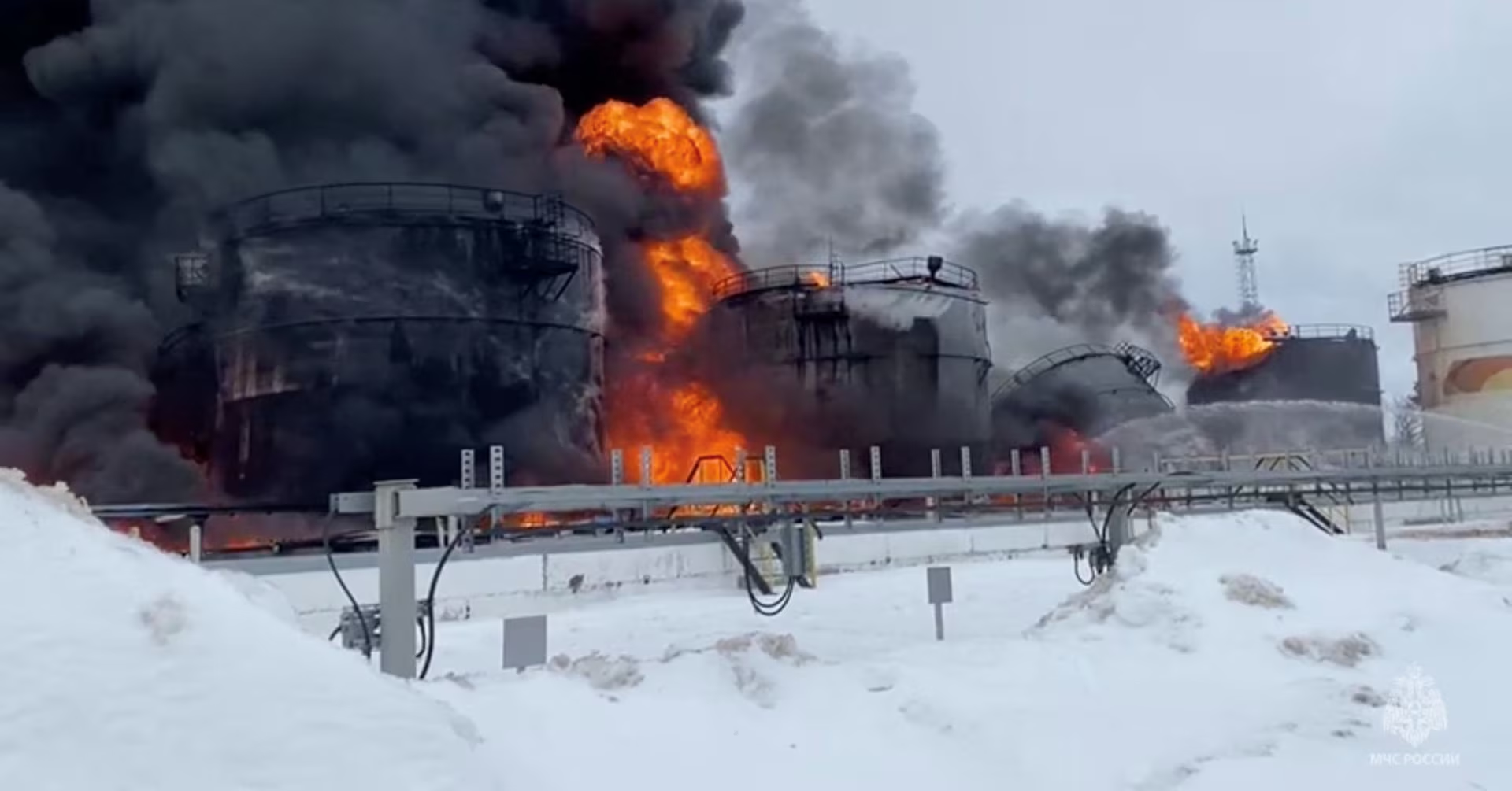Tensions in Eastern Europe have once again escalated following Romania’s confirmation that a second Russian military drone violated its sovereign airspace. This alarming development has reignited concerns within NATO about the war in Ukraine spilling over into neighboring states and triggering a direct confrontation with Russia. Romania, a NATO member bordering Ukraine, now finds itself at the forefront of one of the alliance’s most delicate challenges: balancing deterrence against Moscow’s aggressive maneuvers while avoiding miscalculations that could spark a wider war.
- Romania’s Geopolitical Position at the NATO Frontier
- Details of the Second Drone Incursion
- NATO’s Response and Strategic Concerns
- Romania’s Domestic Reaction and Public Concerns
- Broader Implications for NATO’s Eastern Flank
- Russia’s Calculations and Intentions
- Expert Opinions on the Drone Incidents
- Possible Future Scenarios
- Romania’s Call for Stronger NATO Measures
- FAQs
- What type of drones entered Romanian airspace?
- Has Romania intercepted any of the drones?
- What is NATO’s position on the incidents?
- Could these drone incidents trigger Article 5 of NATO?
- How is Romania preparing for future incidents?
- Conclusion
The repeated drone intrusion is not an isolated incident but part of a broader pattern of Russian military activities near NATO’s eastern flank. Since the start of the full-scale invasion of Ukraine, Russia has increased its use of unmanned aerial vehicles for reconnaissance and combat missions.
While most of these operations are directed at Ukraine, the proximity of the battlefield to NATO territory makes accidental or deliberate violations of airspace a persistent danger. Romania’s response to the latest breach highlights both the fragility of regional security and the urgent need for clear NATO strategies to deter further encroachments.
Romania’s Geopolitical Position at the NATO Frontier
Romania holds one of the most critical geopolitical positions within NATO. Situated along the Black Sea and sharing a long border with Ukraine, it is both a frontline state in the Ukraine war and a logistical hub for Western support to Kyiv. Its territory is used to transport humanitarian aid, military supplies, and other forms of assistance into Ukraine, making it an indispensable ally for the West.
For Russia, this makes Romania a sensitive flashpoint. Any encroachment into Romanian airspace not only violates international law but also tests NATO’s commitment to its Article 5 guarantee, which states that an attack on one member is considered an attack on all. While drones may seem less provocative than fighter jets or missiles, their presence over NATO skies signals a potential escalation that cannot be dismissed as accidental.
The Romanian government has invested heavily in its defense infrastructure over the past decade, acquiring modern air defense systems and hosting NATO forces on its soil. Yet, the drone incidents have revealed the challenges of defending against small, low-flying aircraft that are difficult to detect and intercept.
Details of the Second Drone Incursion
According to Romanian defense officials, radar systems detected a Russian military drone entering Romanian airspace during the night. The drone, reportedly of the same type previously used in Russian strikes on Ukrainian infrastructure, flew over Romanian territory for a brief period before leaving. Military authorities emphasized that the drone did not cause damage or casualties but confirmed the violation as a serious breach of sovereignty.
This marks the second time in recent months that a Russian drone has crossed into Romanian skies. The first incident sparked outrage in Bucharest and led to urgent consultations with NATO partners. After the second intrusion, Romania escalated its diplomatic response, summoning Russian officials and demanding explanations. However, Moscow has either denied responsibility or downplayed the incidents, raising suspicions that these intrusions may be deliberate tests of NATO’s resolve.
NATO’s Response and Strategic Concerns
NATO’s leadership has treated the Romanian incidents with utmost seriousness. While the alliance has sought to avoid direct confrontation with Russia, it has also reaffirmed its commitment to defending the territorial integrity of all its members. NATO Secretary-General Jens Stoltenberg has repeatedly emphasized that any deliberate attack on NATO territory will be met with a decisive response.
However, the ambiguity of drone incursions complicates matters. Unlike missile strikes or troop invasions, drones may be dismissed by Russia as navigational errors or rogue actions. This creates a gray zone where NATO must carefully calibrate its response—firm enough to deter future violations but cautious enough to avoid escalation into open conflict.
Military analysts warn that Russia may be using these drone flights as part of a strategy to probe NATO defenses, gather intelligence, and test the alliance’s reaction times. By doing so, Moscow gains valuable insights into NATO’s readiness without risking full-scale retaliation. This cat-and-mouse game underscores the difficulty of managing security on NATO’s eastern borders.
Romania’s Domestic Reaction and Public Concerns
The Romanian public has been following the drone incidents with growing unease. Many citizens worry that their country could be dragged into the war despite efforts to remain secure under NATO’s protective umbrella. The government has reassured the public that Romania’s armed forces are on high alert and fully capable of defending national territory.
Political leaders from across the spectrum have called for increased investment in air defense systems, particularly those capable of intercepting drones. Romania is already a major host of NATO troops, with thousands of American, French, and other allied forces stationed at bases across the country. These deployments are now being reviewed and potentially expanded to strengthen deterrence.
Civil society groups have also voiced concerns about the psychological impact of these incidents. With memories of past regional conflicts still fresh, many Romanians feel that Russia’s aggression is now at their doorstep. This has fueled debates about Romania’s role within NATO and whether the alliance’s deterrence mechanisms are sufficient in an age of hybrid warfare.
Broader Implications for NATO’s Eastern Flank
The repeated drone intrusions into Romanian airspace must be understood within the broader strategic picture of NATO’s eastern flank. Since Russia’s invasion of Ukraine, frontline states such as Poland, the Baltic countries, and Romania have found themselves exposed to a range of Russian tactics, from cyberattacks and disinformation campaigns to airspace violations and military build-ups.
Romania’s experience reflects the vulnerabilities of NATO’s defense posture. While the alliance has deployed additional troops and equipment to the region, adversaries are increasingly turning to unconventional tools like drones, which are harder to deter and intercept. This trend raises urgent questions about whether NATO’s traditional defense structures are adequate to counter the evolving threat landscape.
Moreover, these incidents highlight the risk of accidental escalation. A single drone shot down over Romanian territory could trigger a diplomatic crisis or even a military standoff. NATO members must therefore balance deterrence with restraint, ensuring that responses are proportionate and carefully coordinated.
Russia’s Calculations and Intentions
Why would Russia risk provoking NATO by flying drones into Romanian airspace? Analysts point to several possible explanations. First, Russia may be testing NATO’s red lines, seeking to gauge how far it can push without triggering a major response. Second, drone incursions may be intended to intimidate Romania and undermine public confidence in NATO’s security guarantees. Third, these incidents could simply be a byproduct of Russia’s heavy reliance on drones near the Ukrainian border, leading to accidental overshoot into neighboring countries.
Whatever the case, the implications are clear: Russia is willing to operate in ways that blur the boundaries between accident and aggression. This ambiguity serves Moscow’s interests by keeping NATO off balance and forcing it to constantly reassess its response strategies.
Expert Opinions on the Drone Incidents
Military experts emphasize that the Romanian incidents are part of a larger pattern of Russian behavior. Dr. Andrei Serban, a defense analyst based in Bucharest, noted, “Russia knows that drones are difficult to detect and easy to dismiss as accidents. By using them near NATO borders, Moscow is sending a message without crossing the threshold of direct war.”
Western officials have echoed similar concerns. A senior NATO diplomat, speaking on condition of anonymity, stated, “We are in uncharted territory where even a small unmanned aircraft can trigger big questions about escalation. NATO cannot afford to be complacent.”
Possible Future Scenarios
Looking ahead, NATO and Romania face several possible scenarios. One is that Russia will continue drone incursions as part of its broader campaign, forcing Romania to either intercept them or tolerate the violations. Another scenario is that NATO will enhance its air defense systems in Romania, deterring further incidents but increasing the risk of direct confrontation if a drone is shot down.
A third possibility is diplomatic escalation, with NATO pressing Russia more forcefully at international forums and demanding accountability. This could lead to sanctions, expulsions of diplomats, or other punitive measures short of military action. The most concerning scenario, however, is that a drone incident spirals out of control, leading to accidental casualties and triggering NATO’s collective defense clause.
Romania’s Call for Stronger NATO Measures
Romania has already urged NATO to take stronger measures to protect the alliance’s eastern flank. Officials in Bucharest have proposed deploying additional air defense batteries, increasing aerial surveillance, and enhancing intelligence sharing among allies. These steps would not only strengthen Romania’s defense but also reassure its citizens that the country is not facing the threat alone.
There are also calls for NATO to clarify its response mechanisms to drone incursions. Unlike traditional military attacks, drones occupy a legal and strategic gray zone. Clearer policies would help prevent misunderstandings and ensure that Russia cannot exploit ambiguity to its advantage.
FAQs
What type of drones entered Romanian airspace?
While Romanian authorities have not publicly confirmed the exact models, reports suggest they were similar to Iranian-made Shahed drones used extensively by Russia in Ukraine. These drones are typically employed for reconnaissance and attacks on infrastructure.
Has Romania intercepted any of the drones?
So far, Romanian defense forces have not reported shooting down any of the drones that violated their airspace. Officials explained that the drones did not pose an immediate threat to lives or infrastructure, but future interceptions remain possible if incursions continue.
What is NATO’s position on the incidents?
NATO has reaffirmed its commitment to defending all member states, including Romania. However, the alliance has been cautious in its response, emphasizing the need to avoid escalation while condemning Russia’s actions.
Could these drone incidents trigger Article 5 of NATO?
Article 5 is NATO’s collective defense clause, which states that an attack on one member is an attack on all. Whether a drone incursion qualifies as an “attack” depends on the circumstances. For now, NATO treats these incidents as serious violations but not acts of war.
How is Romania preparing for future incidents?
Romania is working closely with NATO allies to enhance its air defense capabilities, increase surveillance, and prepare contingency plans. The government has also reassured citizens that national security remains a top priority.
Conclusion
The second reported incursion of a Russian drone into Romanian airspace underscores the fragility of security along NATO’s eastern flank. Romania’s position as both a frontline state and a NATO member makes it a critical player in the unfolding standoff between Russia and the West. While the drone incidents have so far avoided direct casualties, they highlight the growing risks of escalation in a conflict that has already destabilized Europe.
For NATO, the challenge is to demonstrate solidarity and deterrence without stumbling into direct war with Russia. For Romania, the path forward involves both strengthening its defenses and maintaining confidence in the alliance’s security guarantees. Ultimately, these drone incidents are not just technical violations of airspace—they are warning signals of a broader geopolitical contest that will shape the future of European security.





